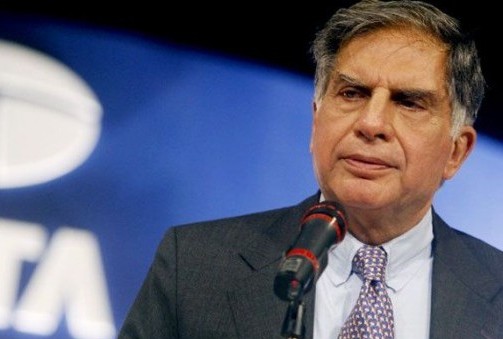CSR: Philanthropy In Asia Has Rich Potential
Related Articles
India Speeds Up Chenab Dams With 2026 Deadline, Spotlight on Pakistan Water Flow
India has issued firm construction deadlines for four major hydropower projects on the Chenab River in Jammu and Kashmir, marking a decisive shift in...
चांदी ने बनाया इतिहास, ₹2.45 लाख के ऑल टाइम हाई पर पहुंची सोना भी ₹1.37 लाख के पार, निवेशकों की सुरक्षित पसंद बरकरार
भारतीय सर्राफा बाजार में आज बड़ा रिकॉर्ड बना है। चांदी पहली बार ₹2.45 लाख प्रति किलो के करीब पहुंच गई है, जबकि सोना भी...
दुबई में गूंजेगा भारत का संदेश, IRCTC का गणतंत्र दिवस विशेष टूर पैकेज !
IRCTC का गणतंत्र दिवस विशेष तोहफा- दुबई के लिए अंतरराष्ट्रीय टूर पैकेज की घोषणा ! चार रात–पांच दिन में दुबई और अबू धाबी की...


